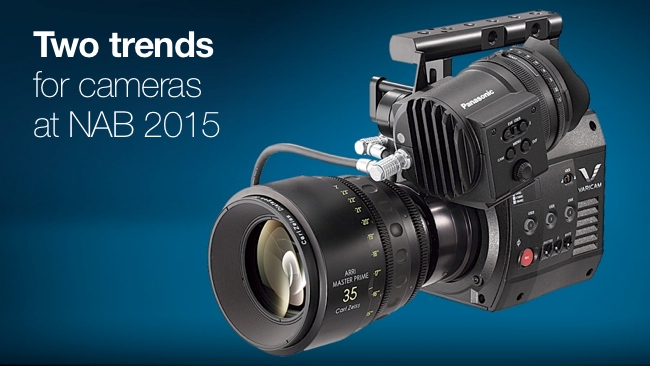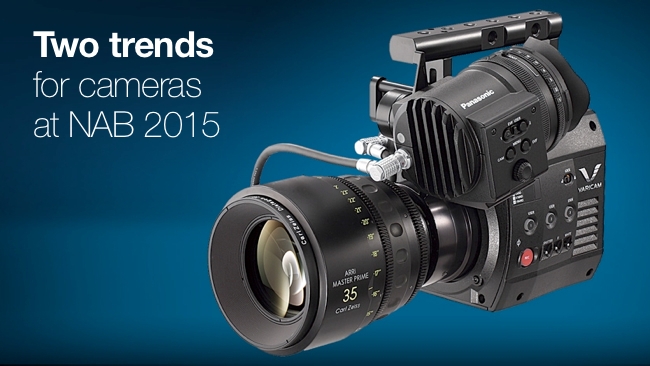
 Two Trends at NAB
Two Trends at NAB
Now is a good time to make a few tentative predictions about the year ahead, just before NAB comes along and proves me completely wrong
To be honest, all I can safely predict is surprises. Most manufacturers keep their new products under wraps until the first day of the show - and who can blame them? It’s one way of matching expectations with real products.
What I think we’ll see over the next year is the culmination of two trends. First, sensors aren’t improving - or even changing - significantly. And second, there will be as many new products that feature a ProRes workflow as those majoring on raw.
So, what’s the deal with sensors? I think we’re now well past the point where you can have a sensor of any (sensible) resolution you like. There’s effectively no limit no to the number of pixels you can have in your camera’s imager. That’s as long as you’re not too picky about the quality of the picture.
The trouble with sensors is that they’re constrained by physical limits, and the biggest one is noise. We’ve talked about this in more detail elsewhere, but the basic principle is that sensors, which are, ultimately, made out of sand, get noisy in low light, and one of the best ways to guarantee that only a small amount of light will land on a photosite is to make it very small. The only way to have sensors that are good in low light is to make them very big, or have fewer pixels in a given space, so that the individual photosites receive more light. Sony’s Alpha 7S is a good example of a big sensor with fewer pixels that performs outstandingly in low light.
What triggered the idea that there may be a trend to stay with older sensors was the announcement of the new ARRI ALEXA, which is a brand new camera in every respect apart from its sensor. Another new camera that has stuck with older sensor technology - to very good effect by most accounts - is the Digital Bolex D16. The point is that why wouldn’t you stay with an existing sensor if people are falling over themselves to use it? There’s nothing intrinsically wrong with this.
This is not to say that we will never see improvement again in sensors. The companies that manufacture them (particularly Sony and Canon) are in a very good position to innovate, but that might not entail more pixels or better sensitivity, other than by established formulae.
The other trend that I mentioned is to include ProRes as an on-board recording format. The new AJA CION is a great example of this. The camera is set up to give a clear, colourful, contrasty image that is then recorded in a very high quality version of ProRes (ProRes 4444), making it not only ready to edit right out of the camera, but still capable of being graded for a final look because of the bit-depth of the format. Note that the new ARRI ALEXA SXT, the Panasonic Varicam and the AJA CION record to ProRes, as, of course, do all of Blackmagic Design’s cameras.
No doubt there will be more eyebrow raising trends emerging at this year’s NAB in about two weeks time, after which, the landscape will probably look very different, and not necessarily in ways that we’ve mentioned in this article.
Tags: Articles


Comments